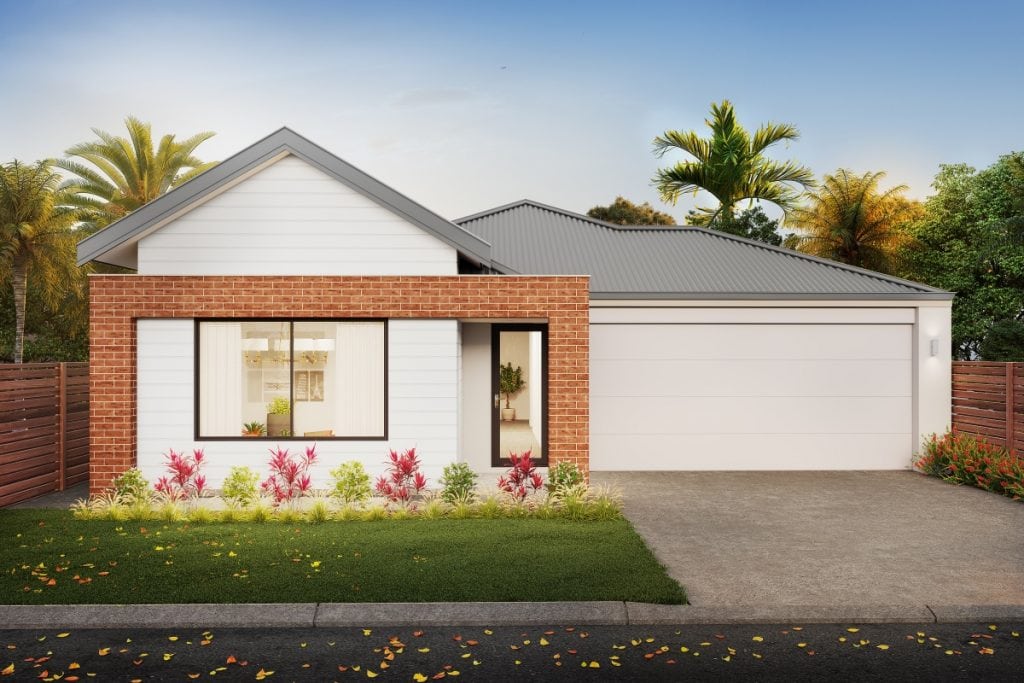What Do We Mean When We Say “Image Resolution”?
When dealing with digital images, the term resolution refers directly to image quality or sharpness. Every digital image is made up of small, colored squares — these are called pixels, and they are the basic measurement unit of digital images. Often this is given in image size, which refers to the dimensions that an image has, given by the number of pixels in [width] x [height]. To give an example, a resolution of 1000p x 500p refers to a rectangular image shape, in which the width is double its height.
Low image resolutions appear blurry or pixelated. Detail is lost, and you end up seeing more of general color areas. Higher resolutions on the other hand, have greater clarity. In rendering and animation, naturally one would prefer higher resolution images, in order to see details.
When dealing with space, resolution is also measured in pixels per inch (PPI). On digital screens, this refers to the number of pixels in an inch or 2.54 cm. You may have also heard of dots per inch (DPI). Although these are used interchangeably in many situations, DPI actually talks about physical printing, particularly the number of color points in an inch of a printed photo.

Though this might be confusing, imagine that you can fill up a 1000p x 1000p space with an image of 20PPI or 100PPI, due to digital resizing. Though they occupy the same space, the 100PPI image would be much clearer. Though PPI can define image size, the opposite is possible as well. Generally speaking, the higher the PPI, the bigger an image’s size can be without compromising quality.
Web and Print
Nowadays, many images are viewed only online or on the screens of phones and computers. On websites, the best choice you can make is not overdoing quality, so as to minimise the time your site takes to load. This will optimise the experience people will have with your site. Compressing your images to make them the exact size you want them to be is worthwhile in terms of optimization.
For printing on the other hand, a higher resolution is recommended, in order to produce images of good quality. The standard for printing is 300PPI, while 72PPI is good for web purposes.
The need for extremely high resolutions on large-scale printing presents problems, as it is impractical to create absurdly large images. You will most definitely run into problems with rendering software, system memory, and file size. The best solution is to first work with high PPI, and then scale down after editing has been completed. It wouldn’t make sense to create a high resolution image whose digital size matches its physical size, since things like billboards aren’t viewed very closely anyways. High resolution is generally not as necessary when a printed image is intended to be seen from a distance.
In fact, the DPI that you can use actually varies based on how far the intended viewer should be. The further the viewer, the lower the minimum DPI.
|
Images that are held in the hand (brochures, fliers, etc.) |
200+ DPI |
|
Images that are viewed at a moderate distance of around 2m (posters, etc.) |
Around 100 DPI |
|
Images that are viewed from a relatively far distance of around 10m (billboards, etc.) |
Around 20 DPI |
Animations
The resolution that you would want your animation to have depends on its use and what kind of screen you will be presenting it on. Naturally, that will be presented on a projector or in a movie theatre will require a higher resolution than something that will be watched on a laptop. Watching videos, you may have heard of figures such as 1080p, 720p, or 480p. These numbers refer to the height of the video. To give some examples, 1080p, the standard for high definition, refers to a 1920p x 1080p video resolution. 720p refers to 1280p x 720p, and 480p refers to 640p x 480p. For architecture-purposed animation, 1080p is the general standard. Naturally, increases in animation resolution also increases the time it takes to render many times over. Expectations should be set in terms of resolution and working time with respect to these things.
Textured 3D Objects
Jobs that involve texturing 3D objects generally depend on the proportion of the final size of an image to the part of the image taken up by the textured surface. An 1000p x 1000p image, 50% of which is taken up by the textured object would require at least a 500 x 500 texture size. How near or far a textured 3D surface is from the camera also matters, and this should be taken into account to ensure its quality. Texturing often involves alterations in an object’s color, shine, roughness, etc., so in order to make sure that it looks realistic, it would be better to give an appropriate allowance for its resolution.
3D renders are used by architects, designers, engineers, planners, etc. When working on an architectural project, renders help all of the different perspectives of these different people to come together, aiding communication and smoothing collaboration.
The post 3D Rendering Resolution appeared first on RenderVision.
this post first appeared on RenderVision via https://rendervision.com.au


